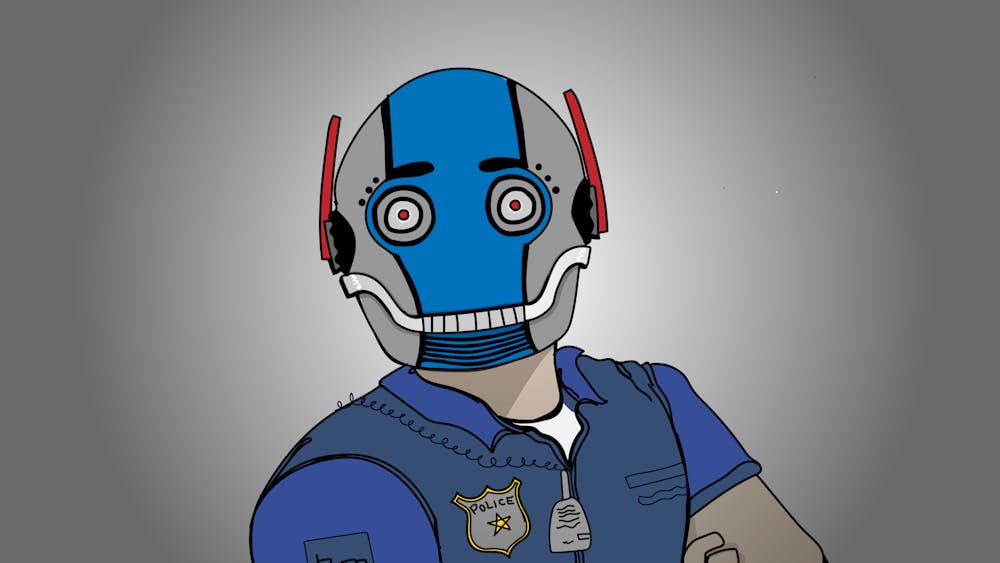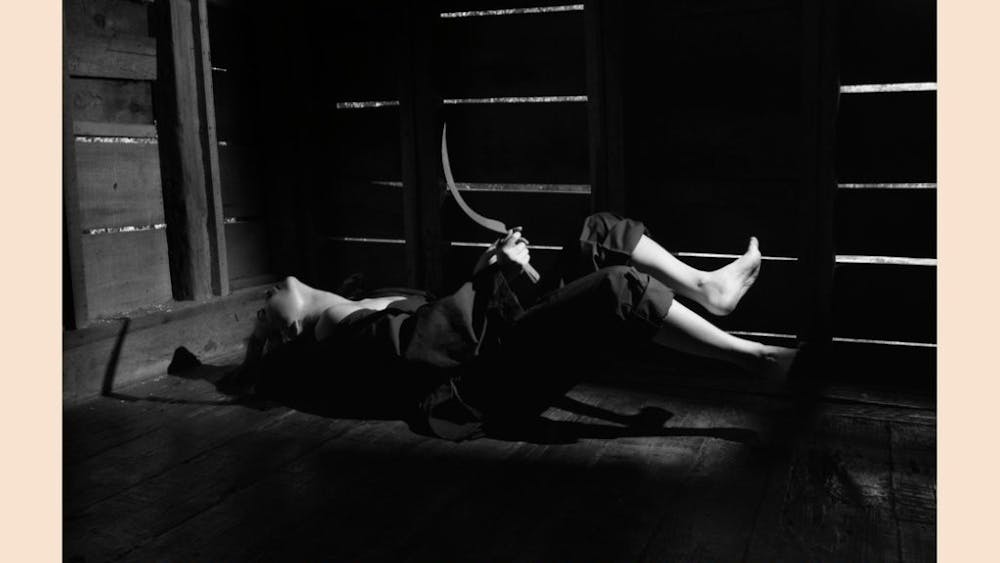“The Art of Bowing” begins with so much promise — the grand philosophical proclamation that “The theater is dead,” the promise of a resurrection and a literal light in the darkness.
But then, nothing. Nothing that it has the capabilities to do.
Don’t get me wrong, “The Art of Bowing” is technically a good play. It has spots of wit and humor, developing characters and an enticing premise — the overarching question of whether the theater as it has been is capable of describing the world as it is now.
The play-within-a-play format and the blurred lines between the play and reality is a fantastic idea, and I believe it is necessary in order to address its theme of the importance and relevance of theater.
But this all disappears. All of it. The fundamental question that pulls audiences in and gives philosophical weight to this journey that the main characters — a trio consisting of a lost actor, a wandering actress and an irritable theater revivalist — undergo.
Once the play stumbles past the third or so scene, it degrades into individual subsections with microthemes that are not connected to the overarching theme. The characters describe the future of theater as an unclear path that one must essentially stumble along and see where it goes, but the characters do far too much stumbling and end at a point far away from where they should have ended.
Perhaps it is the execution of the concept itself that makes it impossible to create any cohesive unity among the whole. How can one traverse the entirety of human history and the future of humanity without straying from a single theme?
One can’t go from prehistoric times to the legend of Atlantis and then eventually end up in some theoretical four-dimensional future while keeping a single theme steadily present through every moment of the play.
The truth is that, as it is set up right now, “The Art of Bowing” can’t. It stumbles blindly through several vignettes. The only relationship is sharing interior themes that are essentially, “The future is scary, but go forward anyway,” or “You can do anything you want to as long as you set your mind to it.”
It is not enough to confront a daunting topic such as the meaning of an art form.
The impersonal and often clichéd dialogue doesn’t help. The grandest philosophical proclamation in the entire play was along the lines of, “I thought I was leading the path, but the path was leading me.”
It is then followed by the character’s recognition of his own understanding by saying, “I just blew my own mind.” In what form of literature is that considered necessary? The character’s own cliched line should be enough to depict some kind of fundamental realization.
By all means, go and see “The Art of Bowing” for a laugh or two, but don’t expect to leave feeling satisfied.
allenjo@indiana.edu
@IAmJoshAllen
Theater CPR
Get stories like this in your inbox
Subscribe





